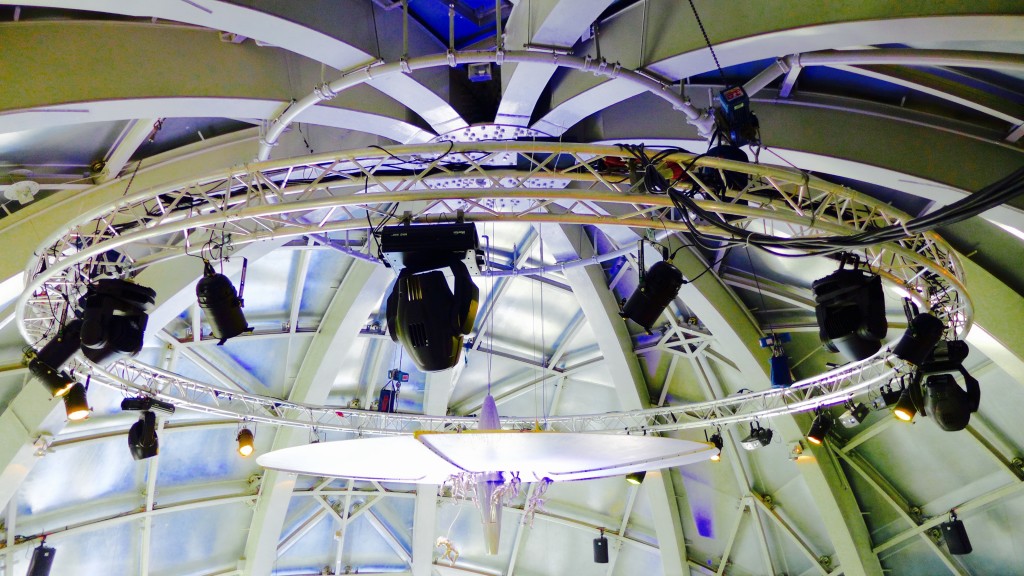












Found myself seated in Seat 61, coach 7, on the Eurostar en route to Brussels on Tuesday evening. Was reading iDisrupted by John Straw, who came into see us earlier in the week. Highly readable, recommended – and very relevant to our evolving work on Breakthrough innovation.
That evening, I spoke inside one of the balls of The Atomium, as part of a networking event for baseEUcities, where I’m a member of the advisory board – helping Daniella Abreu develop the EU side of Base Cities.
Had always assumed that The Atomium was just a big sculpture – had no idea there was a museum and conference facilities inside. Originally built in 1958, it was meant to have a short life on the World’s Fair site, but has become a permanent, highly symbolic feature.
Some great conversations around the future of cities, fuelled by some wonderful Italian/Sicilian wines, all of which were organic. I was given a couple of bottles: a 2011 Nafro Sammauro, Cerasuolo di Vittoria, and a 2012 Sgarzon Teroldego. One joy of the Eurostar is that you take acquired-elsewhere wine on board.
But truly grim to see the lines of trucks, extending apparently forever, caused by the migrant problems around the Calais area. This is turning into a tragedy of epic proportions. My sense is that is just the thin end of the wedge.
As climate change gets its claws into Africa and the Middle East, the current trickle of migrants will swell, until millions of people are on the move. Something that those interested in environmental refugees (or, more recently, environmental migrants) have long warned us about.
Interesting to see the Wikipedia entry of environmental migrants starting off with a photo of migrants from Oklahoma in the 1930s. The bad exponentials of environmental disruption can – and will – happen anywhere. The upsides may include ever-better wines grown in England, but the downsides will tax many city mayors to the limit.

Leave a Reply